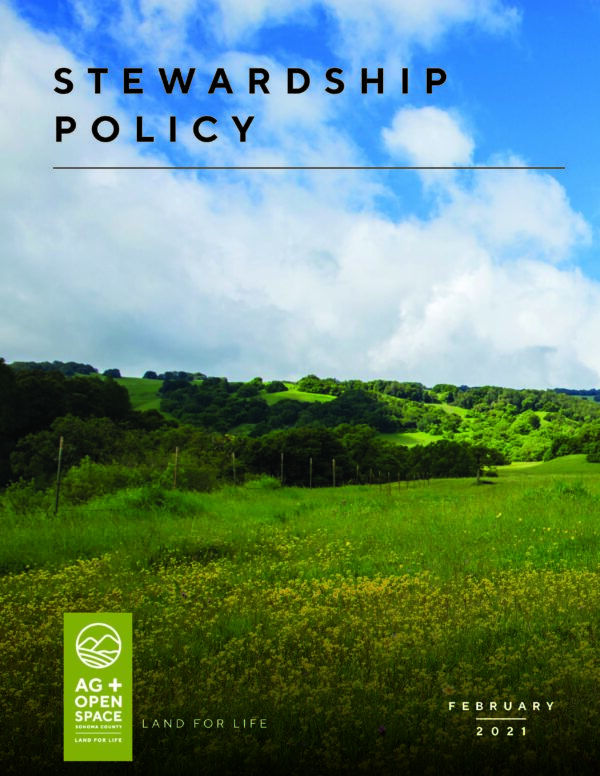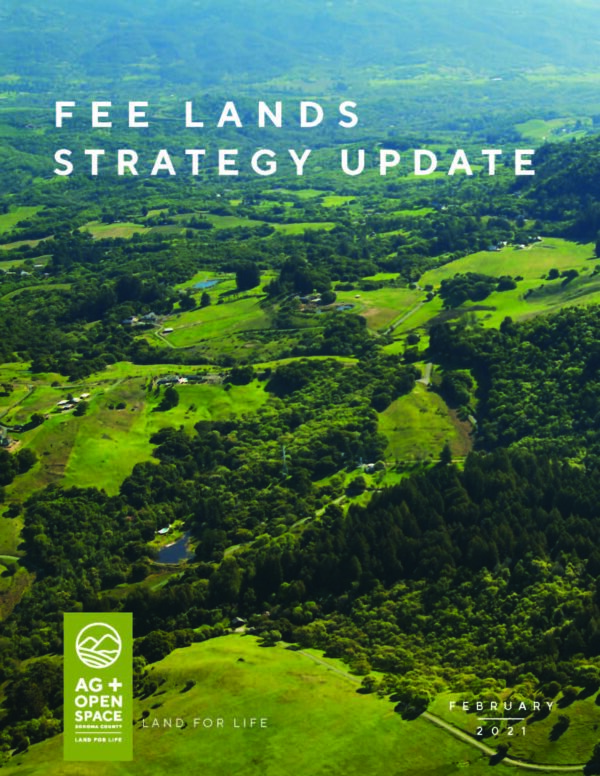April 15, 2021
Posted in: News Articles
Stewarding our lands and expanding urban open space
At the heart of all we do are our protected lands, or properties we’ve protected with conservation easements. From public parks to private properties in every corner of the county, our easements ensure that our natural resources will continue to thrive so they can continue to enrich our communities and aid us in adapting to climate change.
Sometimes, though rarely, we buy properties outright – otherwise known as “fee lands” (and when we sell or transfer them, we retain a conservation easement on those lands, too!). Most of the properties that Ag + Open Space owns are unique and special wild places, and they are bought with the commitment that they will eventually be transferred to a partner that will manage it as a public park and open space preserve. Over the last 30 years, we’ve also bought some properties to ensure that they remain in agriculture, and these are also purchased with an intention that they will eventually be transferred or sold to an individual, business, or another conservation partner.
But, conservation easements and the purchase of fee lands are not the only tools we use to maintain the long-term health of these lands. Stewarding, or caring for, these lands involves dedicated landowners and the support of Ag + Open Space staff. After the adoption of the Vital Lands Initiative, we updated our Stewardship Policy and Fee Lands Strategy to outline how our Ag + Open Space approaches easement stewardship and land management.
Our Stewardship Policy is an in-depth look at how we, in alignment with best practices from the Land Trust Alliance, monitor and care for our protected lands long-term. When a property is protected with an Ag + Open Space conservation easement, we develop a baseline document that records a snapshot of the property’s history, geology, vegetation, wildlife, water resources, and more. That baseline helps us support landowners in keeping their property healthy and productive. We also visit each property once every year or so to catch up with landowners and document the property’s current status, while also providing support as needed year-round. When landowners have projects on their properties, from updating dairy equipment to reinforcing levees, we work with them to ensure the natural resources on their properties remain protected and productive.
The Fee Lands Strategy provides details about the properties we currently own and how we manage them. Whether our fee lands are within city limits or buffering our urban areas, they are critical to our county’s natural resource systems. These properties help to buffer the County’s populated areas from the effects of wildfires, floods, and other natural disasters.
While we own them, we manage these lands to preserve and enhance the health of natural ecosystems, paying particular attention to sensitive resources and habitats. Primarily, we manage these lands with habitat enhancement projects like planting native trees or repairing eroded streambanks, mowing, understory thinning, prescribed burning, removing invasive species, and grazing.
The Fee Lands Strategy also outlines how all of these lands will be transferred to partners by 2031! As it now stands, some of these properties will be transferred to agricultural partners, and most of the rest will be transferred to Regional or State Parks.
Before these properties are transferred, we offer public access through our outings program and are beyond thrilled to be resuming some on-land, in-person outings this spring. All of our upcoming outings can be found here, but also stay tuned to our Facebook, Instagram, and Twitter for upcoming events!
Feel free to peruse both documents here:

